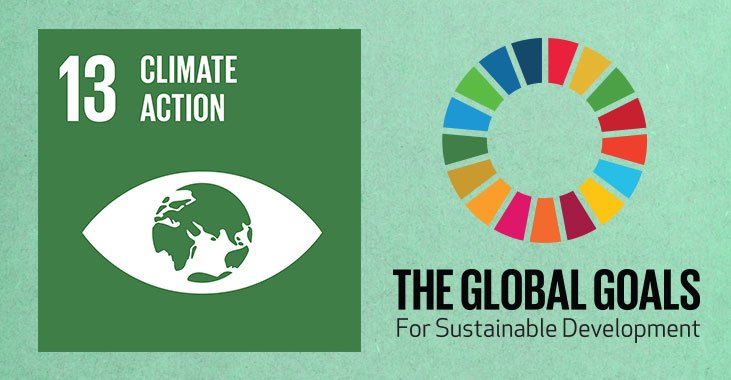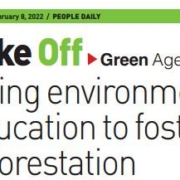By David Wandabi – Programs Officer – Education for Sustainable Development (ESD) & Eco-schools Coordinator, Kenya Organization for Environmental Education

Dead livestock due to effects of drought in Marsabit, Kenya. Scientists say the earth is warming faster than thought.
Greenhouse gases releases into the atmosphere mainly by burning fossil fuels are warming Earth’s surface more quickly than previously understood, according to new climate models set to replace those used in current UN projections, scientists have said.
By 2100, average temperatures could rise 7.0 degrees Celsius above pre-industrial levels, if carbon emissions continue unabated, separate models from two leading research centres in France showed. That is up to two degrees higher than the equivalent scenario in the Intergovernmental Panel for Climate Change’s (IPCC) 2014 benchmark 5thAssessment Report.
The new calculations also suggest that the Paris Agreement goals of capping global warming at well below two degrees, and 1.5C if possible, will be challenging at best, the scientists said. Recent two models by Olivier Boucher, head of the Institute Pierre Simon Laplace Climate Modelling Centre in Paris, show the scenario known as SSP1 2.6 – which normally allows us to stay under 2C – doesn’t quite get the world there.
With only one degree Celsius of warming so far, the world is coping with increasingly deadly heat waves, droughts, floods and tropical cyclones made more destructive by rising seas. A new generation of 30-odd climate models known collectively as CMIP6 – including the two unveiled Tuesday — will underpin the IPCC’s next major report in 2021.
Joeri Rogelj, an associate professor at Imperial College London and an IPCC lead author, recently told Agence France-Presse (AFP), CMIP6 clearly includes the latest modelling improvements, even as important uncertainties remain. These include increased supercomputing power and sharper representations of weather systems, natural and man-made particles, and how clouds evolve in a warming world.
The scientists say we have better models now which have better resolution, and represent current climate trends more accurately. A core finding of the new models is that increased levels of CO2 in the atmosphere will warm Earth’s surface more, and more easily, than earlier calculations had suggested. If confirmed, this higher equilibrium climate sensitivity (ECS), means humanity’s carbon budget is likely to shrink.
The French models are the first to be released according to Piers Forster, Director of the Priestley International Centre for Climate at the University of Leeds. Though, other models developed independently have come to the same unsettling conclusion according to Boucher. Some of the most respected ones from the United States and Britain’s Met Office also show a higher ECS than the previous generation of models.
This can never be good news for the fight against global warming, which continues to face strong political headwinds and institutional inertia despite a rapid upsurge of public awareness and concern globally.
According to the new models, a higher ECS means a greater likelihood of reaching higher levels of global warming, even with deeper emissions cuts. Boucher and two British scientists, Stephen Belcher from the UK Met Office and Rowan Sutton from the UK National Centre for Atmospheric Science, wrote in a blog earlier this year, tiptoeing around the implications of the new models.
Higher warming would allow less time to adapt and mean a greater likelihood of passing climate ‘tipping points’ such as thawing of permafrost, which would further accelerate warming. A third to 99% of top-layer permafrost could melt by 2100 if carbon pollution is not abated, releasing billions of tonnes of greenhouse gases into the air, according to a draft IPCC special report on oceans and Earth’s frozen zones.
The scientists point out that unfortunately, our global failure to implement meaningful action on climate change over recent decades has put us in a situation where what we need to do to keep warming to safe levels is extremely simple. Global greenhouse gas emissions need to decline today rather than tomorrow, and global CO2 emissions should be brought to net zero.
The 2014 basket of climate models show Earth warming on current trends an additional 3C by 2100, and at least 2C even if national carbon cutting pledges are all met. The new two French climate models, including one from France’s National Centre for Meteorological Research (CNRM), were unveiled recently at a press conference in Paris.




Leave a Reply
Want to join the discussion?Feel free to contribute!